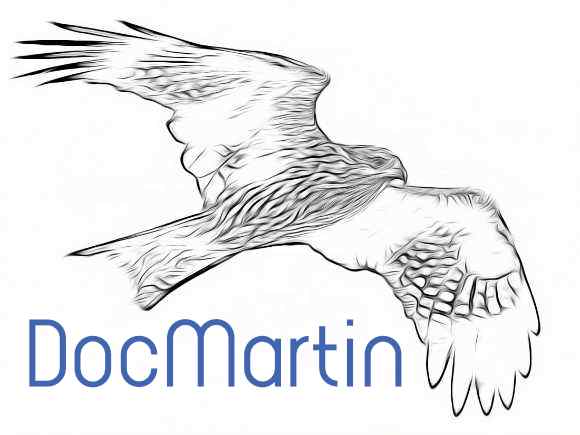“The Internet was a way to connect computers, and now it can be a way to connect brains”
In August 2013, a couple of guys wearing swim caps fitted with electrodes made news, for establishing a connection between their brains. Over-excited headline writers even cited “Vulcan mind melds”, as if one could read the other’s mind, much as Star Trek’s Mr Spock experiences memories in other beings.
The reality was far from a mind meld. One of the two men – Professor Rajesh Rao of the University of Washington – was sitting playing a computer game with his mind. Electrical signals from his brain were transmitted to a colleague, Dr Andrea Stocco, who was seated at a computer across campus. At one point, Rao imagined using his right hand to click a button, and Stocco promptly hit the space bar on his keyboard.
“The Internet was a way to connect computers, and now it can be a way to connect brains,” said Stocco.
Or, as at least one dismissive neuroscientist suggested, the claimed first ever brain-to-brain interface was just a “publicity stunt”, and we are still very far from really connecting brains via the internet. The reality is probably somewhere in between, and the finger-stirring experiment may prove a small step towards a future in which humans increasingly interface with and via computers.
It’s by no means the only step that has been taken, as recent years have seen a flurry of reports on projects involving connections between computers and brains. And not always human brains.
Early this year came a report on two rats – one at Duke University in the US, the other at the International Institute for Neuroscience of Natal in Brazil – that unwittingly cooperated on a task, thanks to a link between implants in their brains. One rat, the leader, was trained to press one of two levers that resulted in it being rewarded with water. Its follower faced similar levers and could then respond to a signal – feeling like a tingle in its brain – and choose which of them to press. If the follower chose correctly, both it and the leader were rewarded; and soon the long range partnership led to the follower choosing correctly up to 70 percent of the time.
Another experiment, at Harvard Medical School, US, linked rat and human brains without need for implants. Human volunteers were fitted with electrodes to record brainwaves, and could then decide when to send a signal that would make a rat’s tail move. This signal was relayed to an anaesthatised rat using ultrasound focused on its brain’s motor cortex and, 95% of the time, the rat’s tail indeed wagged as instructed.
If using thoughts to make a rat’s tail twitch seems little more than a novelty act, links between brains and computers may soon have widespread practical applications. One joint effort – dubbed Braingate2 – by the US Department of Veterans Affairs, Brown University, Massachusetts General Hospital, Harvard Medical School, and the German Aerospace Center (DLR), has enabled two quadriplegics [or tetraplegics, as they use] to control a robotic arm.
Each had a device the size of a baby aspirin implanted in the motor cortex. With this, they could command the robotic arm to reach for and grasp foam targets. One of the two, a woman referred to as S3, was able to lift a bottle and tip it so she could drink through a straw. “The encouraging progress of this research is demonstrated not only in the reach-and-grasp data, but even more so in S3’s smile when she served herself coffee of her own volition for the first time in almost 15 years,” said lead author Dr. Leigh Hochberg.
Yet to Kevin Warwick, a cybernetics expert at the University of Reading, UK, the real potential for such efforts lies in upgrading the human species. “The brain is the critical thing,” he told Vice Magazine. “Even on Earth, the physical body that we’ve got is perhaps not suitable anymore. We could do with something better.”
In 1998, Warwick became the first man to have a silicon chip surgically implanted in his body. With this, he could issue simple commands to devices on campus – so as he approached his laboratory the door opened and the lights came on. He has since progressed from this, such as by having implants in an arm so as he moves it a robotic arm moves likewise. His wife had arm implants too, so he could sense when she moved her hand.
Plus, Warwick has built Gordon, the rat-brained robot. Gordon is created from rat embryo nerve cells that are cultured in a laboratory, then connected to a small wheeled robot that can then decide whether to move around or not, and can avoid objects.
Brain-computer interfacing is not confined to laboratories. You can find consumer EEG (electroencephalogram) devices that appear rather like plastic headbands. They can track your brainwaves, perhaps for showing on a monitor and indicating your mental state, as well as playing games.
Or you could join the grinders, humans who perhaps rate themselves as brains within decaying lumps of flesh, and work towards augmenting humanity. Projects include a prototype for an implant that could connect to a smartphone via Bluetooth, and feature LEDs displaying data such as heart rate, body temperature and blood pressure. Then, there are the headphones implanted in the ears of grinder Rich Lee, who has found they not only help listen to music, but also has plans to use microphones to hear through walls or eavesdrop on conversations across rooms.
If that seems too outlandish, how about the Thinking Cap, touted as an implementation of transcranial direct stimulation and cranial electrotherapy stimulation concepts. According to developer Ian MathWiz, this can stimulate the brain, and “One could replicate the infamous ‘God Helmet,’ where a magnetic field applied to the brain can trigger religious-like experiences. In other words, you can experience the divine, with no belief in God required!”
